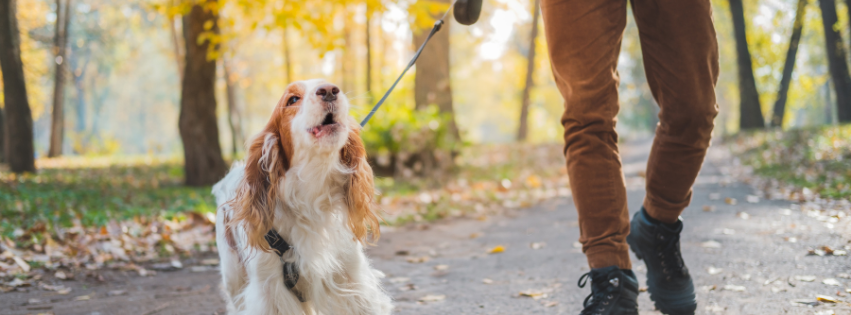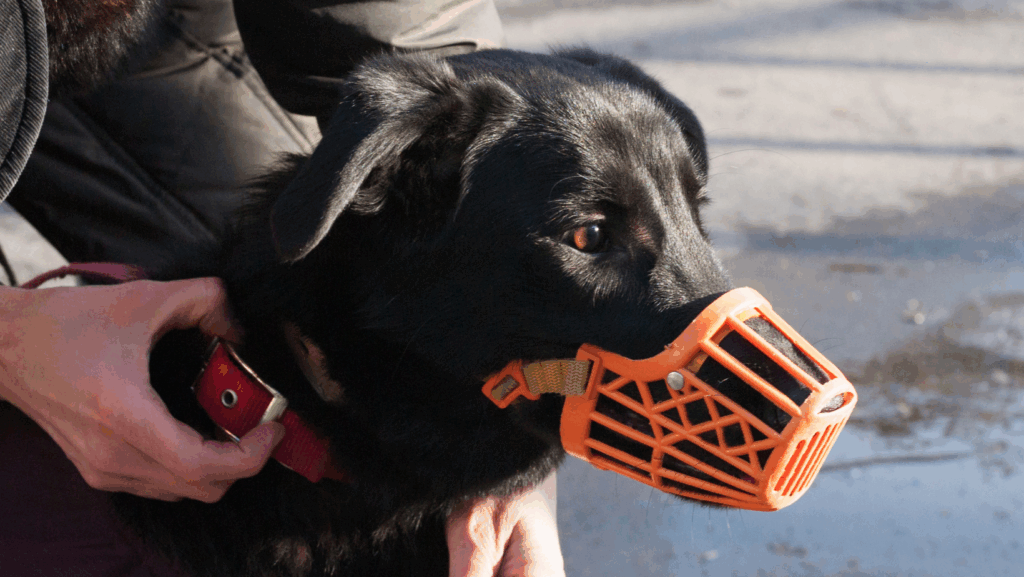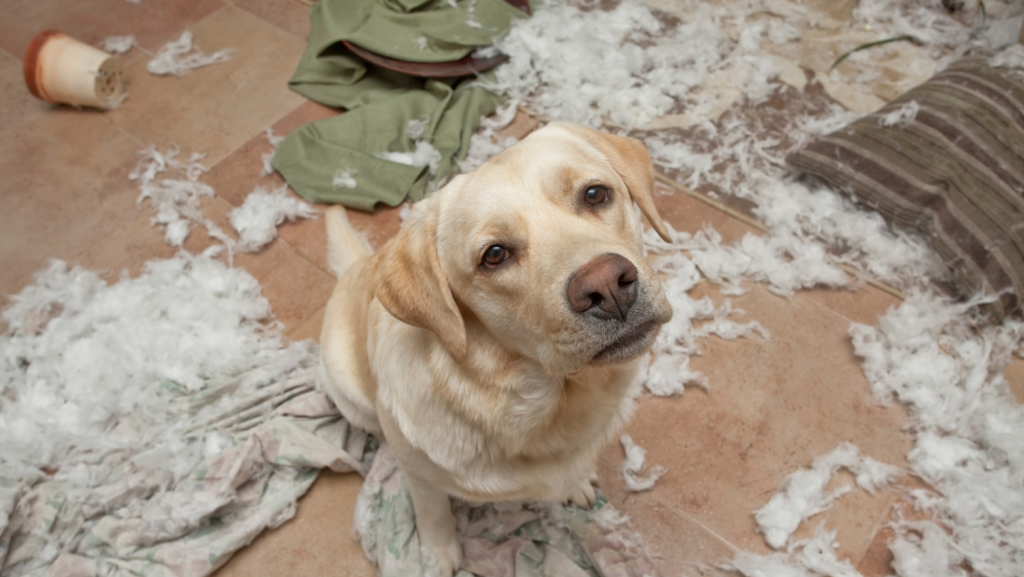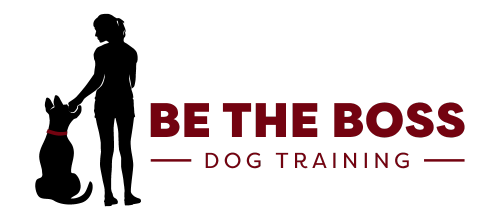Is your puppy or teenage dog jumping on you and your guests? Do your kids get mauled by your dog’s excited jumping behavior during playtime?
Let me guess. You have tried yelling at your dog to stop the behavior or throwing them in their kennel as “punishment.” Has that stopped the jumping? If you read further than this, I’m guessing not.
Ignoring your jumping dog WILL NOT MAKE THEM STOP. To teach a dog not to jump the act of jumping must be intolerable.
What does intolerable mean? It means unbearable to the dog. Whether that is a squirt of water to the face, shaking a can of pennies, a bonker thrown at the dog, a prong collar correction, or any other method you have found that works for your dog. In order to stop a behavior the behavior must be intolerable.
A lot of people would like to teach their dog to sit and get a treat instead of jumping. Great! However, I don’t want to DISTRACT my dog from jumping…I need my dog to NOT jump even when I’m not there, or I don’t have a treat in my hand. The only way to accomplish this is to put an inhibition in the dog’s mind by making the act of jumping intolerable.
With my personal boxer mix we tried turning our back to the dog, ignoring the jumping, or trying to get him to sit and give him a treat FIRST. All of that failed. It wasn’t until we made jumping intolerable for him that we finally got his attention. Then we were able to go ahead and train him to sit and give him a treat.
More Tips
Check out our other posts

4 Secrets to Helping Your Reactive Dog Stay Calm Around Triggers
Reactivity isn’t always loud and dramatic—sometimes the biggest breakthroughs happen when nothing happens at all. Calm glances, quiet moments, and subtle check-ins are what retrain your dog’s brain. You don’t need perfection, just consistency and timing. Want to know the 4 secrets that make reactivity training actually work?
👉 Click here to read the full blog!

How do I get my dog to stop pulling on the leash during walks?
Most people think walks are just for exercise—but they’re actually one of the most revealing tools for understanding your dog’s emotional state. From pulling and scanning to total disconnection, your dog’s leash behavior is a mirror of your relationship. In our latest blog series, we dive into how leash pressure communicates safety, why structure calms the nervous system, and how to turn daily walks into powerful rituals of trust—without treats or harsh corrections. If your walks feel more chaotic than connected, this is the reset you and your dog need. 👉 Click here to read the full post and learn how to transform your walks from a struggle into a daily opportunity for emotional healing.

Are Muzzles Cruel?
Most people think muzzles are only for dangerous dogs—but what if that’s completely wrong? What if the tool you’ve been avoiding is actually the one thing that could bring your dog more peace, not less? In this blog, we break down the psychology behind muzzle stigma, how to introduce one the right way, and why it can actually build your dog’s confidence. If you’ve ever felt judged, unsure, or overwhelmed about using a muzzle, this will change how you see everything. Click to read the full post—you’ll never look at this tool the same way again.

How Do I Stop My Dog from Chewing, Digging, or Barking?
Is your dog’s bad behavior actually a cry for help? In this blog, we dig into why chewing, barking, and digging aren’t random acts—they’re signals of a nervous system out of balance. You’ll learn why toys aren’t enough, how affection without leadership creates chaos, and when corrections actually start to heal instead of hurt. If you’ve tried everything and your dog still feels out of control, this might be the missing piece. Read the full post to finally understand what your dog’s behavior is trying to tell you.

